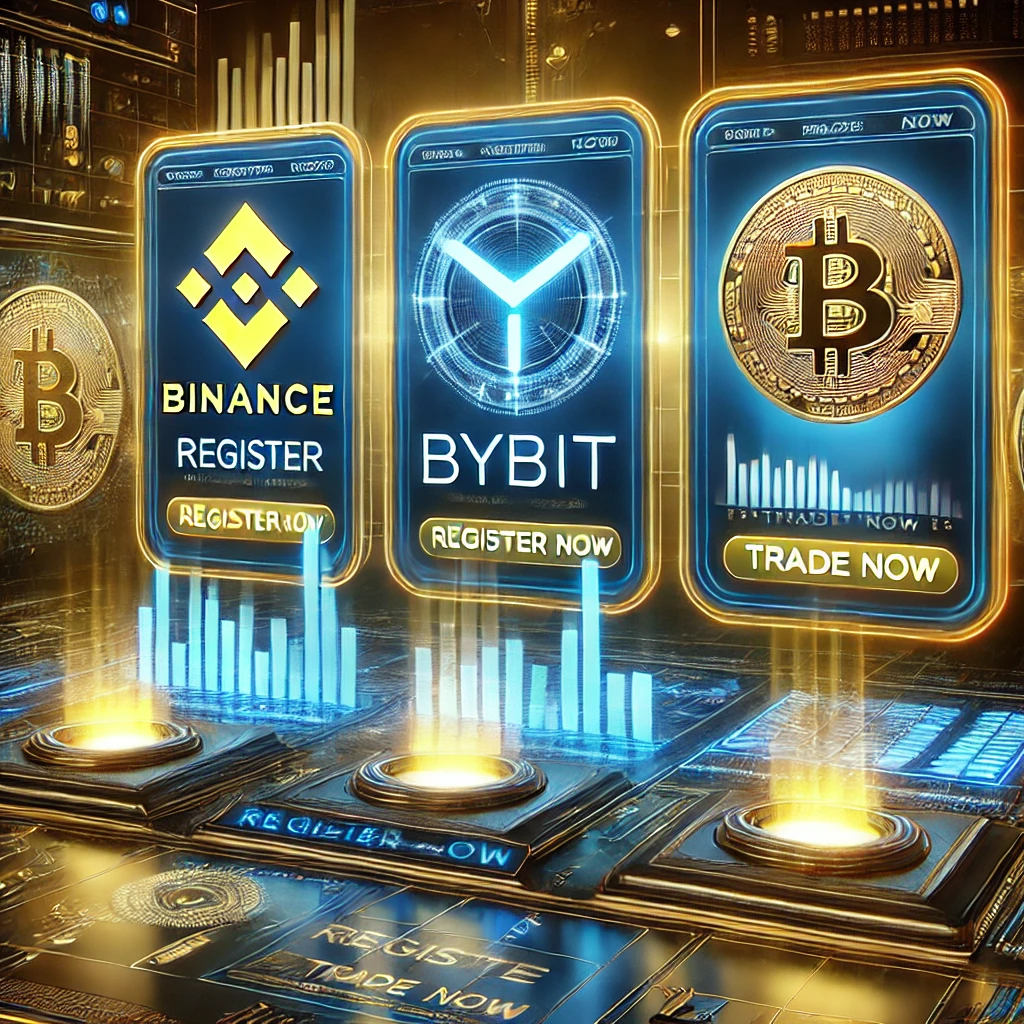The financial world is evolving with blockchain-based payment solutions like Ripple (XRP) and Stellar (XLM), challenging traditional systems like SWIFT and Visa. But how do these technologies compare? Let’s break it down.
🔹 1. Overview of Payment Systems
| Payment System | Technology | Speed | Transaction Cost | Decentralization | Main Use Case |
|---|---|---|---|---|---|
| Ripple (XRP) | Blockchain-based | 3-5 sec | Very low ($0.0002) | Semi-decentralized | Cross-border settlements |
| Stellar (XLM) | Blockchain-based | 2-5 sec | Very low ($0.00001) | More decentralized | Cross-border remittances |
| SWIFT | Traditional banking network | 1-5 days | High (bank fees) | Centralized | International bank transfers |
| Visa | Centralized payment network | 1-3 sec | Moderate (2-3% per transaction) | Centralized | Consumer payments |
| PayPal | Centralized fintech | Instant (domestic) | High (2-4%) | Centralized | Online payments |
🔹 2. Ripple (XRP) vs. Stellar (XLM)
Ripple and Stellar both focus on fast, low-cost transactions, but they serve different markets:
| Feature | Ripple (XRP) | Stellar (XLM) |
|---|---|---|
| Founded by | Ripple Labs (2012) | Jed McCaleb (ex-Ripple, 2014) |
| Main Use | Bank-to-bank settlements | Individual remittances |
| Target Users | Banks, financial institutions | Individuals, NGOs, small businesses |
| Consensus Mechanism | XRP Ledger (validators) | Stellar Consensus Protocol (SCP) |
| Transaction Cost | $0.0002 per transaction | $0.00001 per transaction |
| Speed | 3-5 seconds | 2-5 seconds |
| Decentralization | Semi-decentralized | More decentralized |
| Notable Partners | Santander, American Express, SBI Holdings | IBM, MoneyGram, NGOs |
💡 Key Difference: Ripple focuses on banking institutions, while Stellar is designed for peer-to-peer transfers and financial inclusion.
🔹 3. Ripple (XRP) vs. SWIFT
SWIFT is the dominant player in cross-border payments, but Ripple offers blockchain efficiency.
| Feature | Ripple (XRP) | SWIFT |
|---|---|---|
| Transaction Time | 3-5 seconds | 1-5 days |
| Cost | $0.0002 | High fees (varies by bank) |
| Technology | Blockchain-based | Traditional banking system |
| Intermediaries | None | Multiple banks & intermediaries |
| Transparency | Full transparency | Limited transparency |
💡 Key Advantage of Ripple: Faster, cheaper, and more transparent than SWIFT. However, SWIFT is more established and widely used.
🔹 4. Ripple (XRP) vs. Visa & PayPal
Visa and PayPal are dominant in consumer payments, while Ripple focuses on interbank transactions.
| Feature | Ripple (XRP) | Visa | PayPal |
|---|---|---|---|
| Transaction Speed | 3-5 sec | 1-3 sec | Instant (domestic) |
| Transaction Cost | $0.0002 | 2-3% per transaction | 2-4% per transaction |
| Use Case | Bank settlements | Retail payments | Online payments |
| Scalability | 1,500 TPS | 65,000 TPS | 200 TPS |
💡 Key Takeaway: Visa is better for retail transactions, while Ripple is built for financial institutions and cross-border settlements.
🔹 Conclusion: Which System is Best?
✅ For banks & financial institutions: Ripple (XRP) is faster and cheaper than SWIFT.
✅ For individual remittances: Stellar (XLM) is a strong alternative.
✅ For everyday payments: Visa and PayPal are still dominant.
🚀 Want to invest in XRP and explore blockchain payments?
🔹 Trade XRP & Crypto on Binance 👉 Register now
🔹 Explore Forex & Crypto Trading on Exness 👉 Join here
Let us know if you need more insights! 🚀

